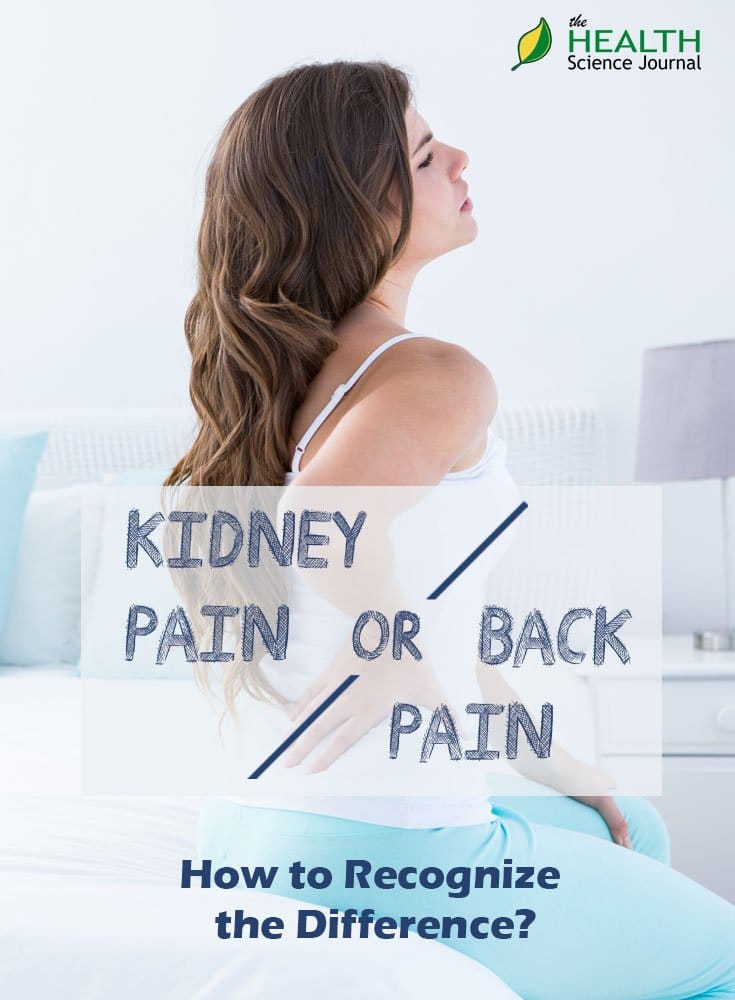Occasionally the symptoms of two different conditions can overlap enough to create confusion. This can often be the case with lower back pain and kidney pain. Both conditions can present in a comparable manner, but most likely have completely different causes. The best way to recognize the difference is by examining all the symptoms, triggers and characteristics, rather than a single symptom. By identifying the exact location of the pain and its characteristics and any other accompanying symptoms, you can accurately tell between kidney pain and pain coming from the lower spine, spinal cord, spinal roots, or back muscles.
Difference Between Kidney Pain and Back Pain
Pain location
Kidney Pain: Appears on just one OR both flanks, the area between the ribs and the pelvis (hips) and often also in the abdomen, the front of your body. It can radiate to the lower abdomen and groin as the kidney stones move or with infections.
Back Pain: Can appear anywhere in the lower back and pelvis area, depending on the cause. The pain can transfer and affect the hips, calf, feet and toes (with sciatic pain).
Characteristics
Kidney Pain: Sharp and piercing pain with kidney stones, dull and pulsing pain with kidney infection; it’s a more continuous pain (until cured) than back pain.
Back Pain: The intensity can change depending on the position of the body (standing, sitting, lying) and time of day (worse during evenings and mornings).
Triggers
Kidney Pain: Drinking a lot of fluids can trigger the pain if some part of the kidney is blocked; normally not triggered by movement.
Back Pain: Pain can be triggered by movement of the back muscles (back injury) or prolonged standing, sitting or lying with sciatica.
Relief
Kidney Pain: Unless treatment has started for the underlying condition, the pain will linger on.
Back Pain: Relief can be had with stretching and Pilates with sciatica pain, walking with herniated disk, or resting in osteoarthritis.
Possible accompanying symptoms
Kidney Pain: Possible symptoms can include fever, nausea and vomiting, lack of appetite, frequent urination or a burning sensation in the process, change of color or blood in the urine.
Back Pain: Occasional numbness or a tingling sensation in the foot or toes, a visible bruise, limping and improper walking. Possible deformation of the spine can appear and tenderness in the back or tightness in the muscles (back, hip or legs) because of the pain.
Kidney Pain & Back Pain Treatment
It’s important to identify and differentiate between kidney pain and back pain as their treatments differ significantly, owing to their completely different causes. Use this article as a guide to determine if you are dealing with a back or kidney pain.
Back pain can be treated with pain medications, physical therapy (massage therapy, heat/cold therapy) or, as a last option, surgery. Kidney pain treatment can only start once the underlying condition has been identified by a medical professional and it will vary depending on the condition. If you suspect your pain is kidney related, make sure to contact your doctor as soon as possible.


